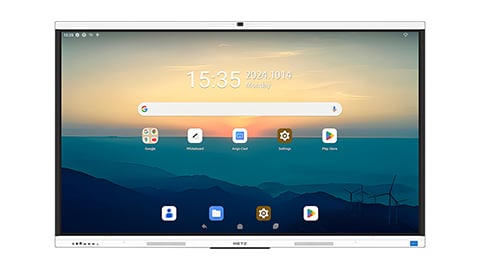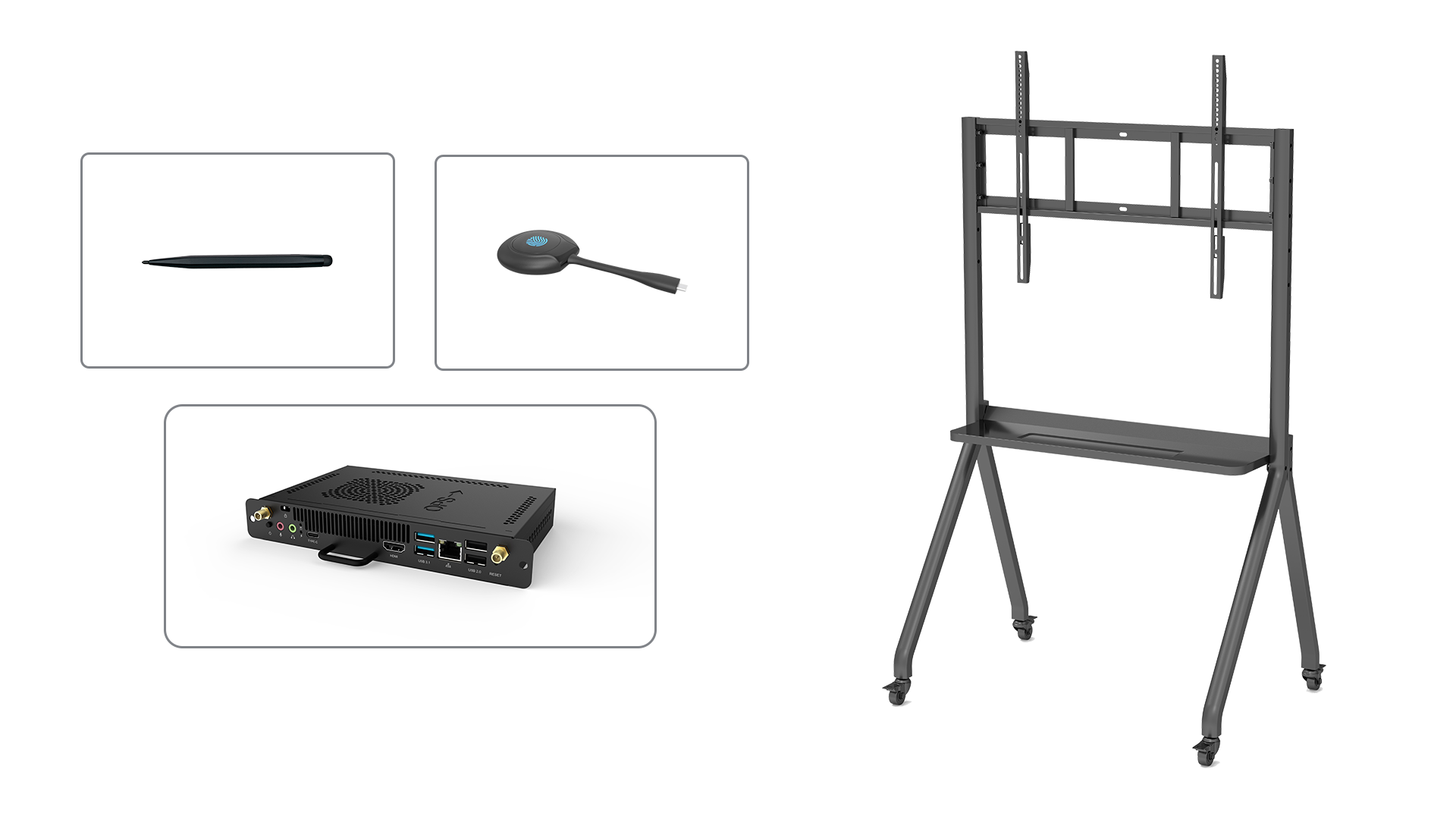Introduction
Smartboard interactive technology has revolutionized the way we teach and learn in classrooms and various other educational settings. With its interactive and engaging features, smartboards have become an essential tool for educators, enabling them to create dynamic and immersive learning experiences. In this article, we will explore the numerous benefits of smartboard interactive technology and how it enhances learning and collaboration.
1. Enhancing Student Engagement
One of the key advantages of smartboard interactive technology is its ability to enhance student engagement. With its touch-sensitive surface and interactive features, smartboards encourage students to actively participate in the learning process. By allowing students to interact directly with the content, such as dragging and dropping objects, writing or drawing on the board, or even playing educational games, smartboards make learning more enjoyable and memorable.
2. Promoting Collaborative Learning
Smartboard interactive technology promotes collaborative learning by providing a platform for students to work together on group projects and activities. The ability to share the smartboard screen with multiple users allows for real-time collaboration, where students can contribute ideas, solve problems, and engage in discussions. This fosters teamwork, communication skills, and the development of critical thinking abilities, all of which are crucial for success in the modern world.
3. Creating Interactive Lessons
Smartboards enable educators to create interactive lessons that cater to different learning styles and abilities. With a wide range of multimedia tools and resources at their disposal, teachers can incorporate videos, images, audio clips, and interactive presentations into their lessons. This multimodal approach to teaching ensures that students are actively involved in the learning process, making it easier for them to understand and retain information.
4. Personalized Learning Experiences
Smartboard interactive technology allows for personalized learning experiences, as educators can tailor their lessons to meet the individual needs of each student. By using interactive apps and software, teachers can provide differentiated instruction, offering additional support to struggling students and challenging activities for advanced learners. This customization helps students progress at their own pace and ensures that they receive the necessary support and resources to succeed.
5. Visualizing Abstract Concepts
Smartboards are particularly effective in visualizing abstract concepts that can be challenging to explain using traditional teaching methods. With the ability to display 3D models, simulations, and interactive diagrams, educators can bring complex ideas to life, making them more tangible and easier to comprehend. This visual representation helps students develop a deeper understanding of abstract concepts and enhances their overall learning experience.
6. Real-time Assessment and Feedback
Smartboard interactive technology allows for real-time assessment and feedback, enabling teachers to monitor student progress and understanding instantly. Educators can use interactive quizzes, polls, and games to gauge student comprehension and identify areas that require further attention. Additionally, the ability to provide immediate feedback on student responses promotes self-reflection, encourages active learning, and helps students identify and rectify their misconceptions.
7. Integration of Multimedia Resources
Smartboards seamlessly integrate multimedia resources into the learning environment. Educators can access a vast array of educational videos, interactive websites, and online resources to supplement their lessons. This integration not only makes the learning process more engaging but also exposes students to a variety of media types, promoting digital literacy and critical media consumption skills.
8. Access to Vast Educational Content
Smartboard interactive technology provides educators with access to a vast library of educational content, including pre-made lessons, activities, and assessments. Teachers can leverage this content to save time in lesson planning and focus on delivering high-quality instruction. Additionally, the availability of online educational communities and platforms allows educators to share and collaborate on resources, fostering a culture of continuous professional development.
9. Bridging the Distance Gap
Smartboard interactive technology has become even more valuable in recent times, as it bridges the distance gap in remote learning scenarios. With the ability to conduct virtual lessons and share resources online, educators can ensure that students receive a quality education regardless of their physical location. This technology enables real-time interaction and collaboration, bringing students and teachers together in a virtual classroom setting.
10. Sustainability and Cost-effectiveness
Smartboard interactive technology offers long-term sustainability and cost-effectiveness. Unlike traditional teaching materials, such as paper and textbooks, smartboards reduce the need for physical resources, contributing to a more sustainable learning environment. Additionally, by eliminating the recurring costs associated with printing and purchasing new materials, smartboards offer a cost-effective solution for educational institutions.






